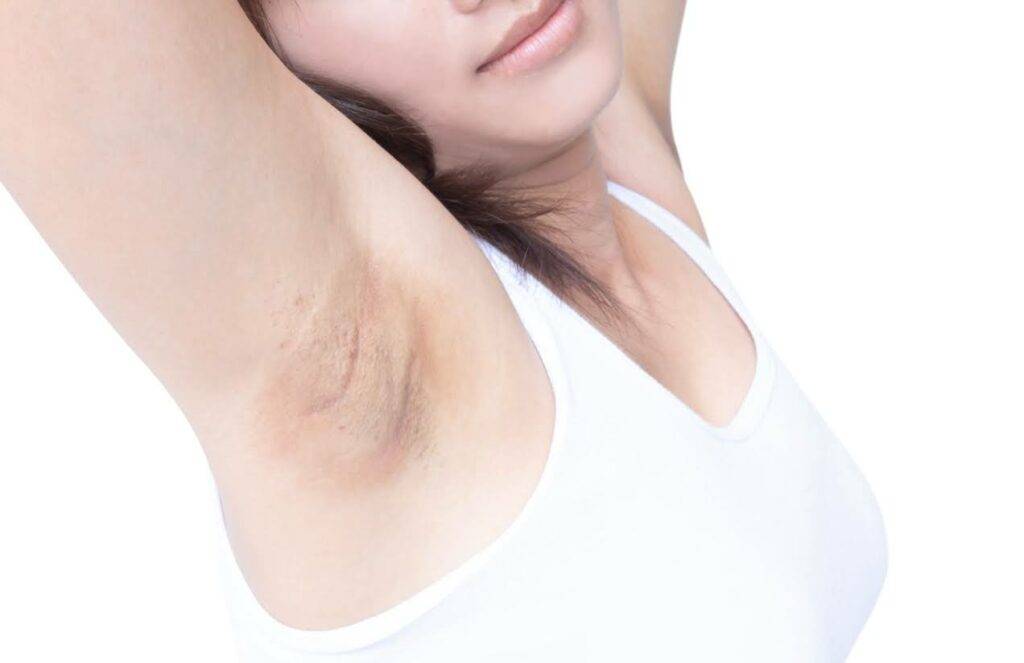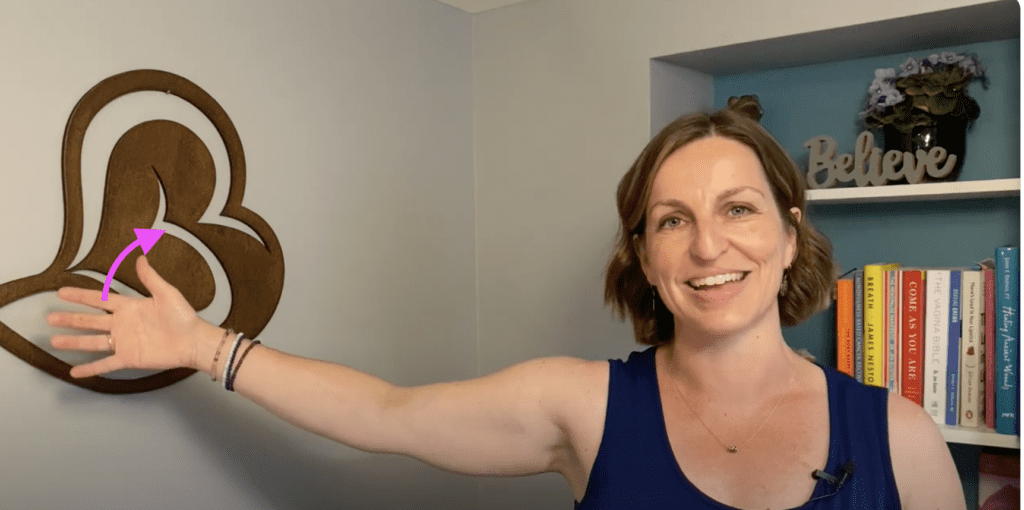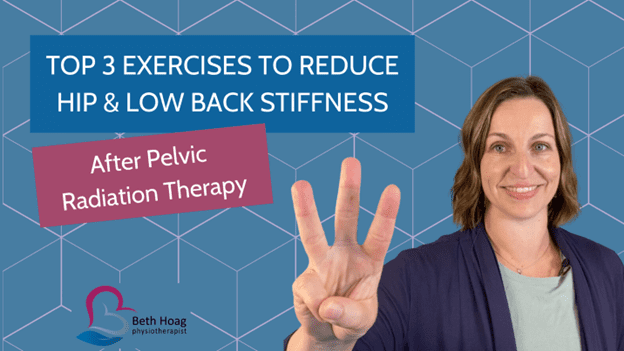Have you had lymph nodes removed during cancer surgery and noticed some tightness or a rope-like structure in your armpit or down your arm? Or maybe you’ve heard the term “cording” or “axillary web syndrome” and wondered what it is. I’m Beth Hoag, PT, CLT, Cancer Rehabilitation Physiotherapist; read on to learn about post-mastectomy cording and exercises for axillary web syndrome.
Cording vs Axillary Web Syndrome After Cancer Surgery
The terms “axillary web syndrome” and “cording” are often used interchangeably, but “cording” is now being used more frequently as it can occur in areas beyond the axilla (i.e. the armpit).
What is Axillary Web Syndrome or Cording?
About 30% of people will develop cording after any form of lymph node removal from the axilla, whether it’s a full lymph node dissection or a sentinel lymph node biopsy. These types of surgery frequently occur for individuals diagnosed with breast cancer or melanoma in the upper body. While the exact cause of cording is unknown, it tends to occur more frequently in thinner individuals.
Studies have shown that cording typically consists of lymphatic vessels tethered with blood vessels and/or nerves. It is also my clinical experience, that fascial structures and connective tissue are also adhered within the affected area. As your body naturally creates scar tissue after cancer surgery and radiation therapy, these tissues become tighter and less stretchy than the original tissue. This progressive tightening can act a bit like a “wind-up toy”, gradually pulling on lymphatic and fascial structures that are connected to the area where the lymph nodes were removed.
Symptoms of Axillary Web Syndrome or Cording
Below are possible symptoms of cording. It’s important to note that there are other possible explanations for the symptoms below, so further assessment by a healthcare professional is recommended if your symptoms do not improve. These symptoms include:
- A thick, rope-like structure in the armpit
- Multiple thinner strands (like strings) in the armpit or other areas (see below)
- Progressive pain or tenderness in the armpit and/or down the arm
- Occasional swelling in the affected area
- Reduced shoulder mobility

Cording after breast cancer surgery and radiation is most common in the following areas:
- In the armpit
- Down the arm in a particular pattern: from the inside of the bicep, in the front of the elbow crease (cubital fossa), and even down to the forearm and wrist (usually on the “thumb side.”)
- In the chest or breast region, often below the breast or along the side of the chest wall.
Exercises for Axillary Web Syndrome or Cording
If you’ve started noticing symptoms of cording, a simple mobility exercise can make a big difference. Here’s a step-by-step guide to one such exercise:

- Raise your arm to shoulder height with the elbow straight.
- Slowly bring your arm out to the side until you feel some pulling along the cord. Pause and back off slightly to reduce the sensation.
- Tip your fingertips back and return to the center. This “nerve flossing” or “fascial sliding” exercise helps work along the structures involved in the cord.
- Perform 15-20 repetitions, two times through, ensuring you don’t increase pain during or after the exercise. Gradually work towards having your arm directly out to the side.
If the above exercise becomes easy, here are a few more exercises to try:
Moderate pulling is expected with any targeted exercise, but do not push to the point of pain. Also, if you experience a snapping or popping sensation, this is normal. If you experience progressive pain, swelling, or loss of shoulder range of motion, consult a Cancer Rehab Physiotherapist or your doctor.

If you are experiencing shoulder pain, pulling and stiffness since your breast cancer surgery, my Breast Cancer Recovery Program may be a great solution for you! This on-demand recovery program guides you through progressive targeted exercises to improve your mobility, reduce pain, increase strength, and ultimately get you back to doing what you love. Learn more here. Because your quality of life matters.
Disclaimer – These blogs are for general information purposes only. Medical information changes daily, so information contained within these blogs may become outdated over time. In addition, please be aware that the information contained in these blogs is not intended as a substitute for medical advice or treatment and you should always consult a licensed health care professional for advice specific to your treatment or condition. Any reliance you place on this information is therefore strictly at your own risk.





